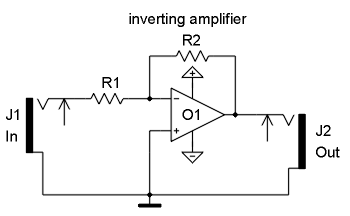falafelbiels
Learning to wiggle
misschien niet de beste maar als er 96 in 1 sequencer zitten dan moet ik even aan de prijs denken
96?
Follow along with the video below to see how to install our site as a web app on your home screen.
Note: This feature may not be available in some browsers.
misschien niet de beste maar als er 96 in 1 sequencer zitten dan moet ik even aan de prijs denken
wat is de makkelijkste manier om audio te inverten? want als ik de output van mn fuzz gedeelte op de scoop zet is die inverted ten opzichte van t origineel

6x16=96
dus 6x gate/trig seq. met 16 stappen
(is het plan... maar dan wil je al helemaal niet met draadjes klooien)]